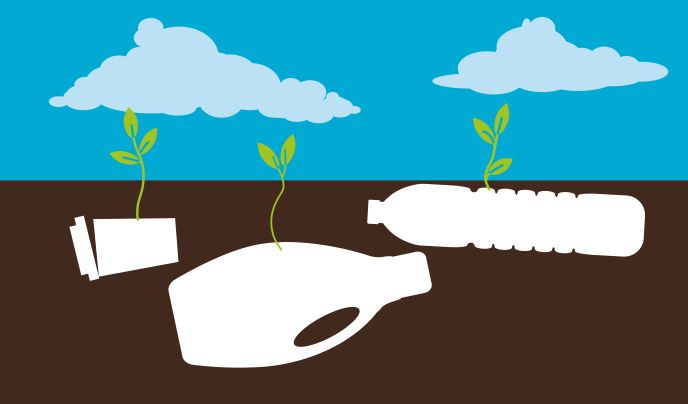Edible straws extend the concept of ‘drink responsibly’
Plastic waste from food or drink containers is lightweight, easily blowing or washing away. Every year, over 8 million tonnes accumulate in the world’s oceans, yet do not biodegrade. This figure is dramatically increasing. That much plastic introduces toxins to the water. Yet, one of plastic’s most obvious effects is that marine animals eat it. Nine out of 10 seabirds have plastic in their guts. Increasing numbers of marine animals are being found dead because their stomachs are full of indigestible plastic. Most directly, fish caught for human consumption contain plastic, so the material is entering the human food chain. Drinking straws constitute approximately 4 % of plastic waste, but are among the items most commonly found on beaches. Worldwide, more than 1 000 million straws are used daily. The combined consumption of the EU and the United States alone amounts to over 200 billion every year. Targeting the source The EU-funded Sugar Free Sorbos(opens in new window) project developed a way of reducing the drinking straw pollution problem. The answer relies on making straws edible. If eaten rather than thrown away, their environmental impact will be zero. The project’s title derives from the plural form of the Spanish noun sorbo, meaning a sip. During 2017, the company introduced the original sorbos straw. It was stiff yet also flexible, like a plastic straw, and durable. A popular product, it nevertheless added colours to drinks and imparted a sweet flavour. Within a month of the original product’s launch, customers were requesting a sugar-free version with the same physical characteristics. New everything Achieving that was not simply a matter of removing the sugar. “A sugar-free straw means starting with a new raw material,” says Christian Bañuelos, the project’s business development manager. “Using it, our existing machinery couldn’t produce straws with the same density as the old product.” The new material also created problems in the cutting and drying stages of the factory process. Project researchers had initially hoped to reuse as much as possible from the former manufacturing process. This turned out not to be possible. “The more we tested, the worse the result,” adds Bañuelos. “Then one day everything came together, and we knew we had a material we’d be able to develop into a suitable sugar-free product.” The new prototype finds a happy medium between rigidity and flexibility, to make a durable straw. Its shelf life is about two years if stored in a dry environment. The new version is used just like any other drinking straw, and it too is edible. The prototype does not colour or sweeten drinks. The team installed a new facility next to the old one, and plans to keep manufacturing both versions together. If the project obtains further EU funding, production will begin in 2020, otherwise it will take one or two years later. The partners hope to reach the global market by 2025, with an initial production of 550 million straws per year. The venture might make a substantial difference to the problem of plastics in the environment.







